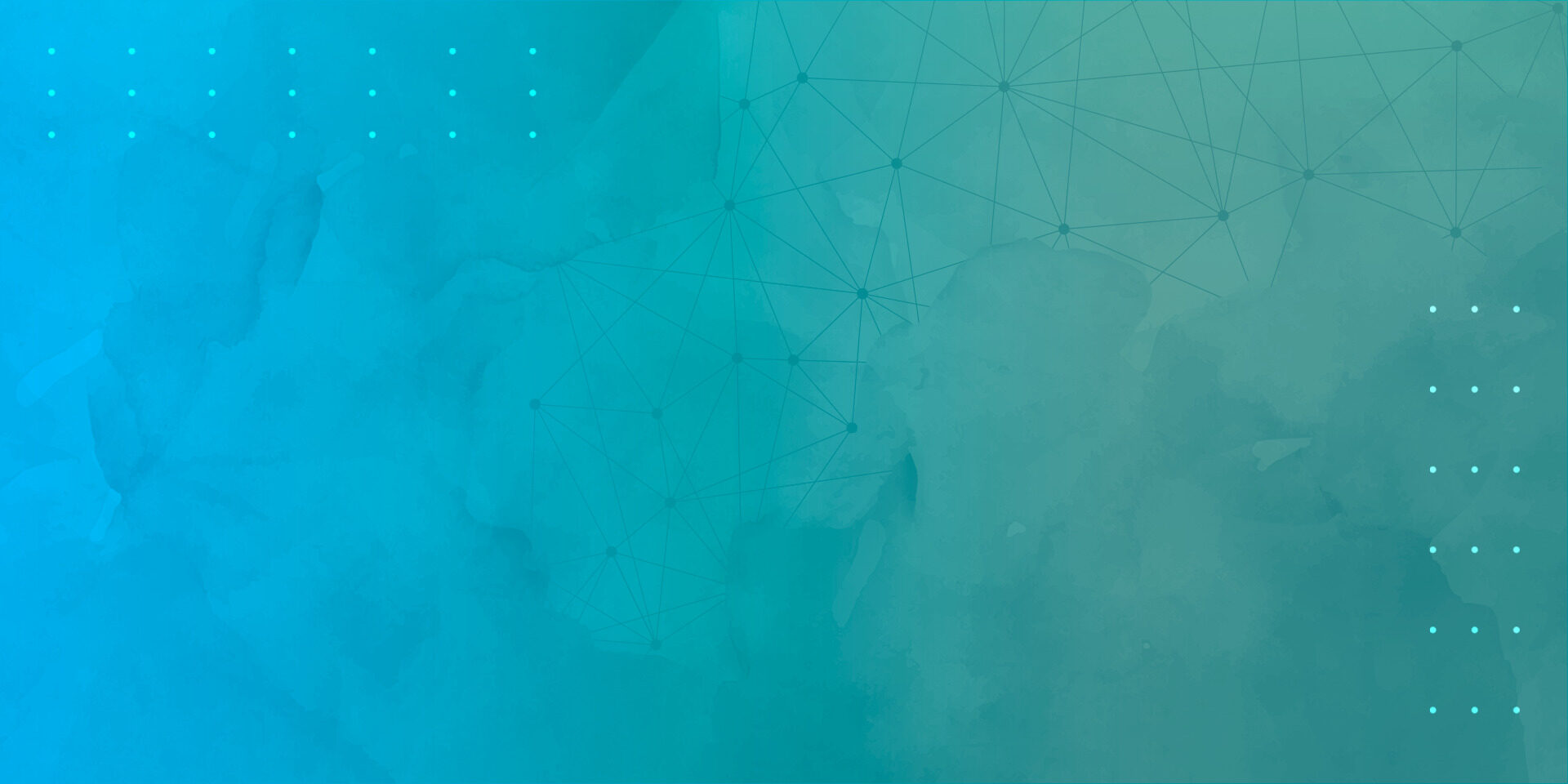
How USAID’s Solicitations and Resulting Awards Include Underrepresented Groups .
Paper | May 31, 2019

This Chemonics paper analyzes how USAID programming has integrated the inclusion of four commonly underrepresented social groups — persons with disabilities, minorities, youth, and those who identify as LGBTI — from solicitation to project implementation.
The paper’s background section explains why the study focused on these four social groups and explores the diversity that exists across and within them. In addition, the paper examines whether it is effective to use the phrase “vulnerable groups” to refer to the collection of social groups that programming is intended to include. The paper also reviews the implications of trying to address the needs of different social groups while designating them all with the term “and other vulnerable groups” and whether the use of this phrase affects inclusion during implementation. The purpose of this study is to examine how underrepresented social groups are included in two key stages of the program cycle: program design (through solicitations for funding) and implementation (through reports on implemented activities). The study draws lessons learned from this examination to advance inclusive programming in the future.
